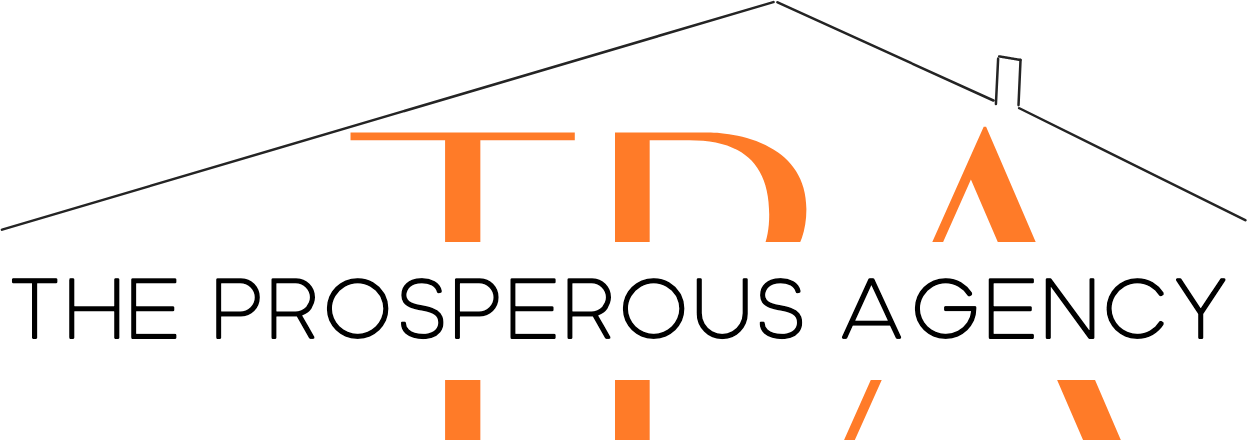If you’re short on cash, you’ll be glad you made that decision to buy instead of continue renting, because you can borrow money against the equity in your home.
Now, however, you’ll need to make another big decision: Which “dip” into the home equity pool offers more bang for the buck?
For older Americans, that decision typically comes down to a choice between a reverse mortgage or a home equity line of credit. While both offer a way for you to get your hands on your home’s equity when you need it the most, one is less expensive but the other is safer.
There are other differences between the two solutions as well. Let’s take a closer look at some of those.
- What is a reverse mortgage?
- What is a HELOC?
- Eligibility requirements
- How to qualify for a reverse mortgage
- How to qualify for a HELOC
- Costs
- A quick look at the pros and cons of each
What is a reverse mortgage?
You may hear the reverse mortgage referred to as the HECM, which is short for Home Equity Conversion Mortgage. While there are other reverse mortgage programs available (such as the proprietary or “jumbo” reverse mortgage for expensive homes), the HECM is by far the most popular, and accounts for the bulk of reverse mortgages granted.
This isn’t to say that the HECM is popular. In fact, “While about a million homeowners retire every year, fewer than 60,000 HECMs will be written this year,” according to The Mortgage Professor.
He chalks up the lack of interest in the program to a healthy skepticism on the part of those who it is designed to help—older Americans.
In a nutshell, the HECM is a creation of the U.S. Department of Housing and Urban Development and it is overseen and insured by the FHA.
Although it’s considered a loan, there are no payments required until the borrower either moves out of the home or the last borrower passes away.
Borrowers will still need to pay their property taxes, hazard insurance premiums, HOA dues (if applicable) and for upkeep on the home.
Unlike the HELOC, however, the funds borrowed can be delivered in a number of ways, from a lump sum, to a line of credit or monthly draw. You may even receive a combination of these methods, at your discretion.
What is a HELOC?
While a HELOC (pronounced “hee-lock,” and short for home equity line of credit) is a loan, it doesn’t offer the borrower a lump sum, such as you might receive if you take out a personal loan. Instead, the borrower receives a line of credit, similar to a credit card.
In fact, when making a draw against your loan, you’ll use a dedicated credit card or check.
HELOCS carry a time limit, known as the “draw period,” set by the lender and it varies, depending on lender. For instance, the lender may offer you a 10-year draw period. Upon expiration of the period, you will no longer have access to the HELOC and the repayment period begins.
Repayment can consist of either a balloon payment of the total amount due or monthly payments for a specific time period.
Eligibility requirements
How to qualify for a reverse mortgage
- The reverse mortgage is available to homeowners who are at least 62 years of age.
- You must either own the home outright or have a significant amount of home equity. There must be no debt against the home, so if you choose this route you’ll need to pay off the current mortgage from the proceeds of the reverse mortgage.
- The home must be the borrower’s primary residence.
- There is no minimum credit score requirement for the HECM, but the lender will look into your ability to pay the taxes, HOA fees, insurance premiums and upkeep of the home.
- The borrower must not be in arrears on any debt owed the federal government (such as a government-insured student loan or tax payments).
- HECM applicants are required to attend a housing counseling session.
How to qualify for a HELOC
HELOC eligibility varies, according to lender. Typical requirements include:
- A credit score of 760 or more, although it may be possible to obtain the loan with a lower score.
- Your equity must be at least 15 percent of the home’s value. The lender will require an appraisal of the home to verify its current value.
- The borrower must have a debt-to-income ratio of 43 percent, although some lenders may consider a DTI as high as 50 percent.
- A history of paying debts on time.
There are advantages and disadvantages to both programs – something we’ll take a look at in the coming weeks.
We are not mortgage professionals, so please speak with yours before proceeding with any mortgage product.









